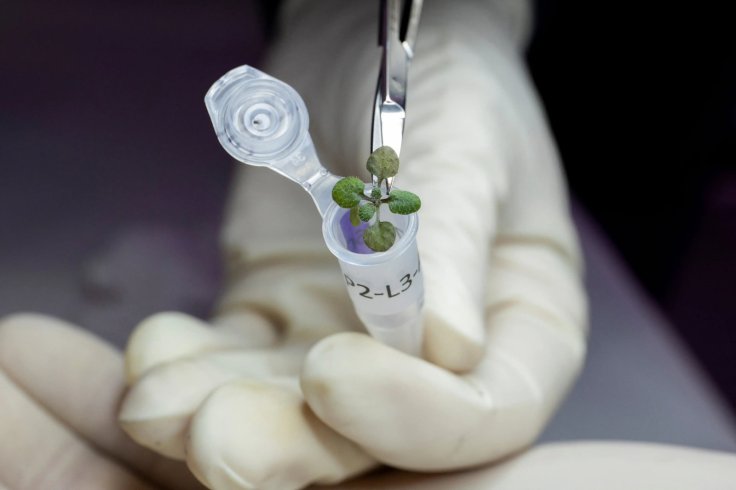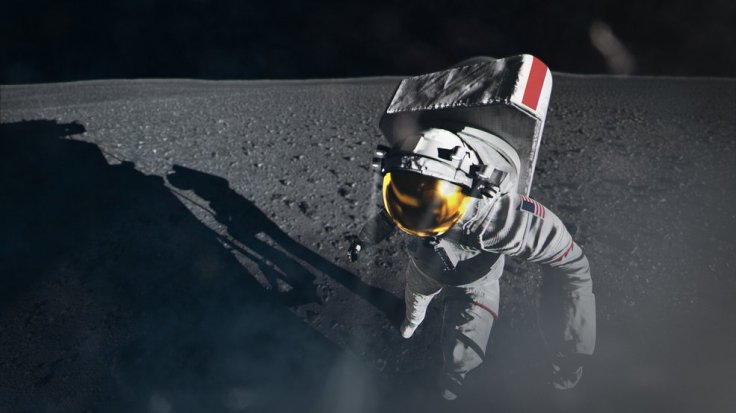In a groundbreaking revelation, crystals brought back by Apollo astronauts during their 1972 mission have reshaped our understanding of the Moon's age, setting it back by 40 million years older than previously thought.
A recent study, published in the journal 'Geochemical Perspectives Letters,' employed these lunar crystals to precisely determine the Moon's formation time. The findings have unveiled a significant revision to the lunar timeline, indicating that the Moon is approximately 40 million years older than previously believed, now dating back at least 4.46 billion years.
Leading the research, Philipp Heck, the Robert A. Pritzker Curator for Meteoritics and Polar Studies at the Field Museum in the United States and a professor at the University of Chicago, emphasized the critical role of these ancient crystals: "These crystals are the oldest known solids that formed after the giant impact. And because we know how old these crystals are, they serve as an anchor for the lunar chronology."

Crystals Shed New Light on Moon's Formation
In a remarkable twist to hitherto known lunar history, the study's examination of lunar dust, originally collected during the final human mission to the Moon in 1972 by Apollo 17 astronauts, has offered crucial insights into the Moon's formative years. The dust sample, containing minuscule crystals that date back billions of years, holds the key to understanding the Moon's birth.
The study's lead author, Jennika Greer, now a research associate at the University of Glasgow, shared the genesis of their research collaboration: "We were approached by our coauthors, Bidong Zhang and Audrey Bouvier, who needed a nanoscale look at these samples in order to understand them fully."
The Moon's origin, it appears, can be traced back to a colossal collision with a Mars-sized object that struck Earth, resulting in the melting of rock material that eventually solidified into the Moon's iconic surface.

Scientists have pinpointed the minimum age of the Moon through an in-depth study of zircon crystals. The discovery hinges on the notion that these crystals, which were believed to have formed after the cooling of the lunar magma ocean, hold the key to the Moon's age.
Co-author Zhang had previously suggested a certain age, but the most recent study introduces a novel analytical technique known as atom probe tomography. This cutting-edge method, deployed at Northwestern University, enabled researchers to conduct an atom-by-atom examination of the zircon crystals, unveiling traces of radioactive decay within.
The critical revelation came in the form of lead isotopes found within the crystals, indicating an age of approximately 4.46 billion years. As a result, this research confirms that the Moon's age must be at least this ancient, offering invaluable insights into the lunar timeline.

"It's amazing being able to have proof that the rock you're holding is the oldest bit of the Moon we've found so far. It's an anchor point for so many questions about the Earth. When you know how old something is, you can better understand what has happened to it in its history," Greer said.
"It's important to know when the Moon formed," added Heck, "because the Moon is an important partner in our planetary system. It stabilises the Earth's rotational axis, it's the reason there are 24 hours in a day, it's the reason we have tides".
"Without the Moon, life on Earth would look different. It's a part of our natural system that we want to better understand, and our study provides a tiny puzzle piece in that whole picture," the authors wrote in their study findings.
(With inputs from IANS)









